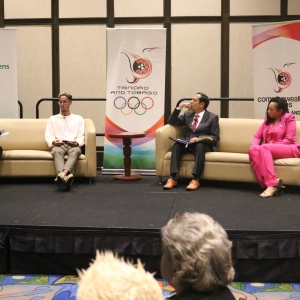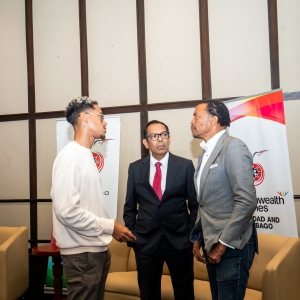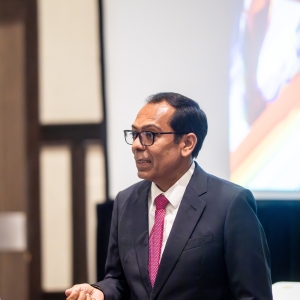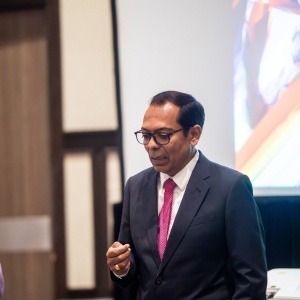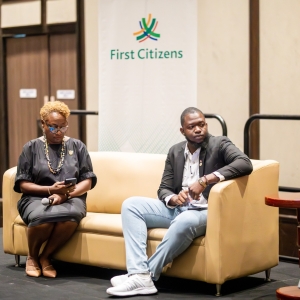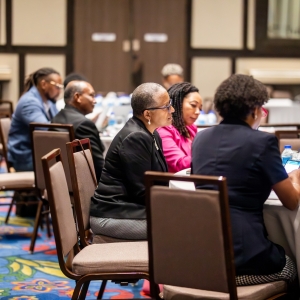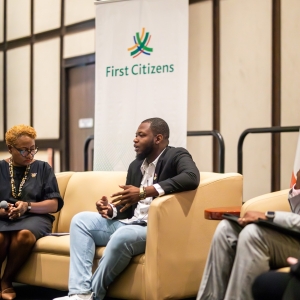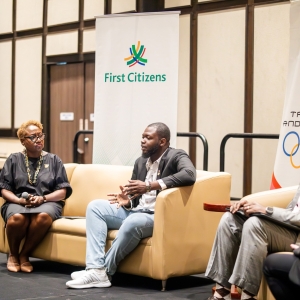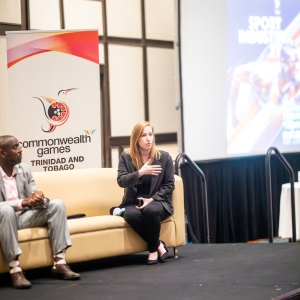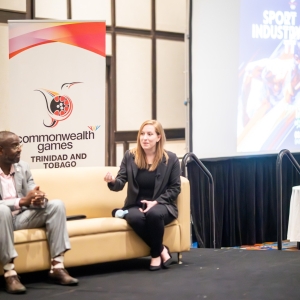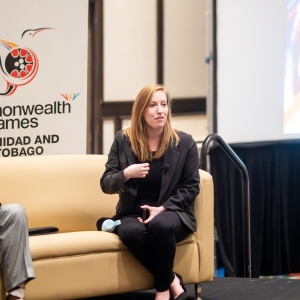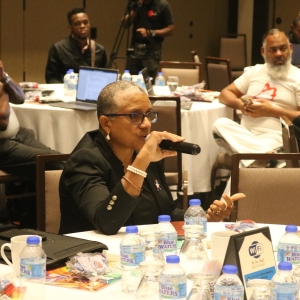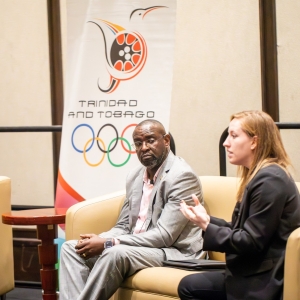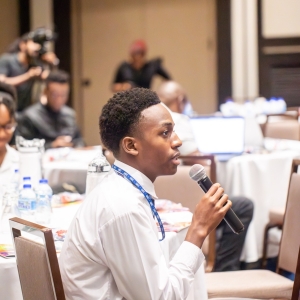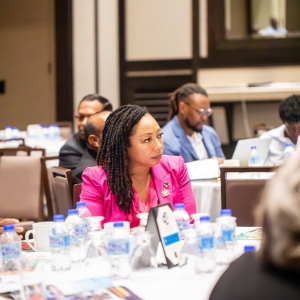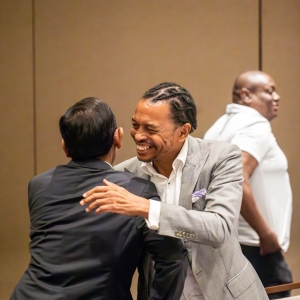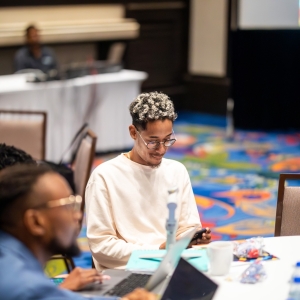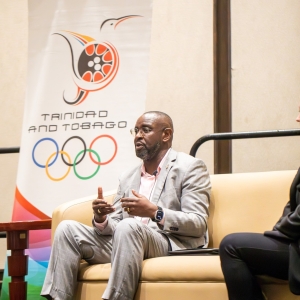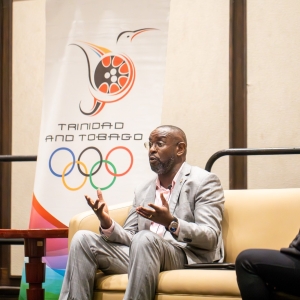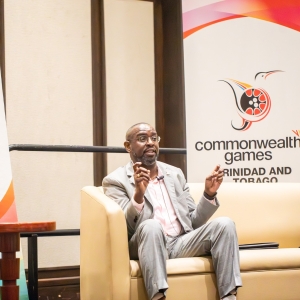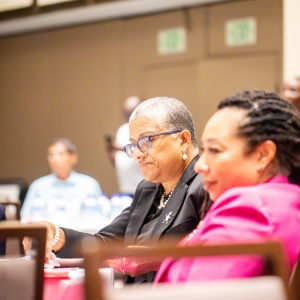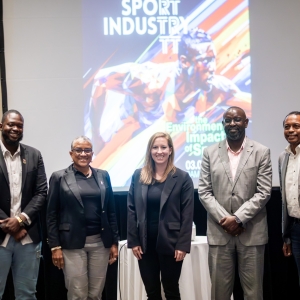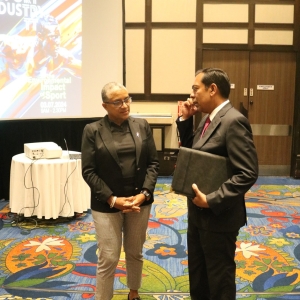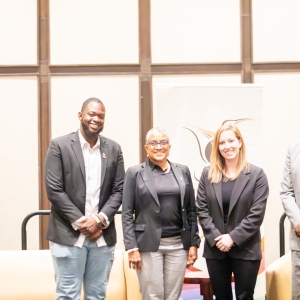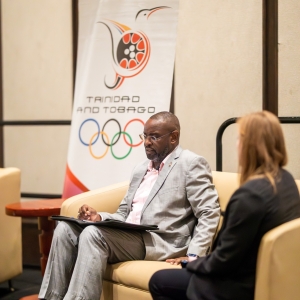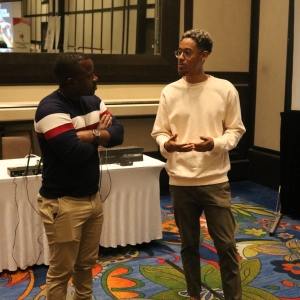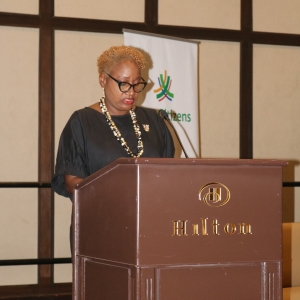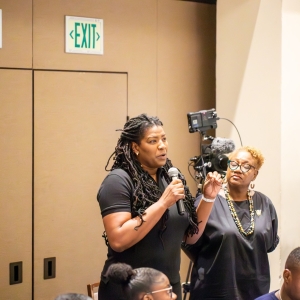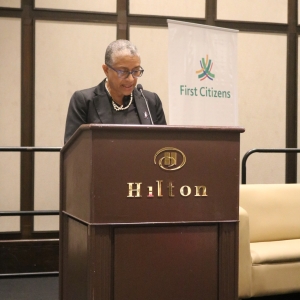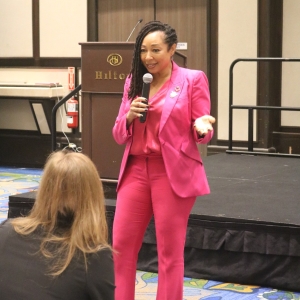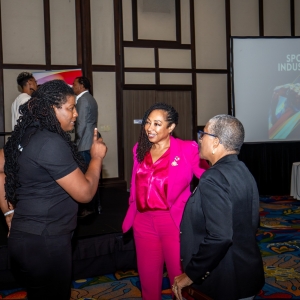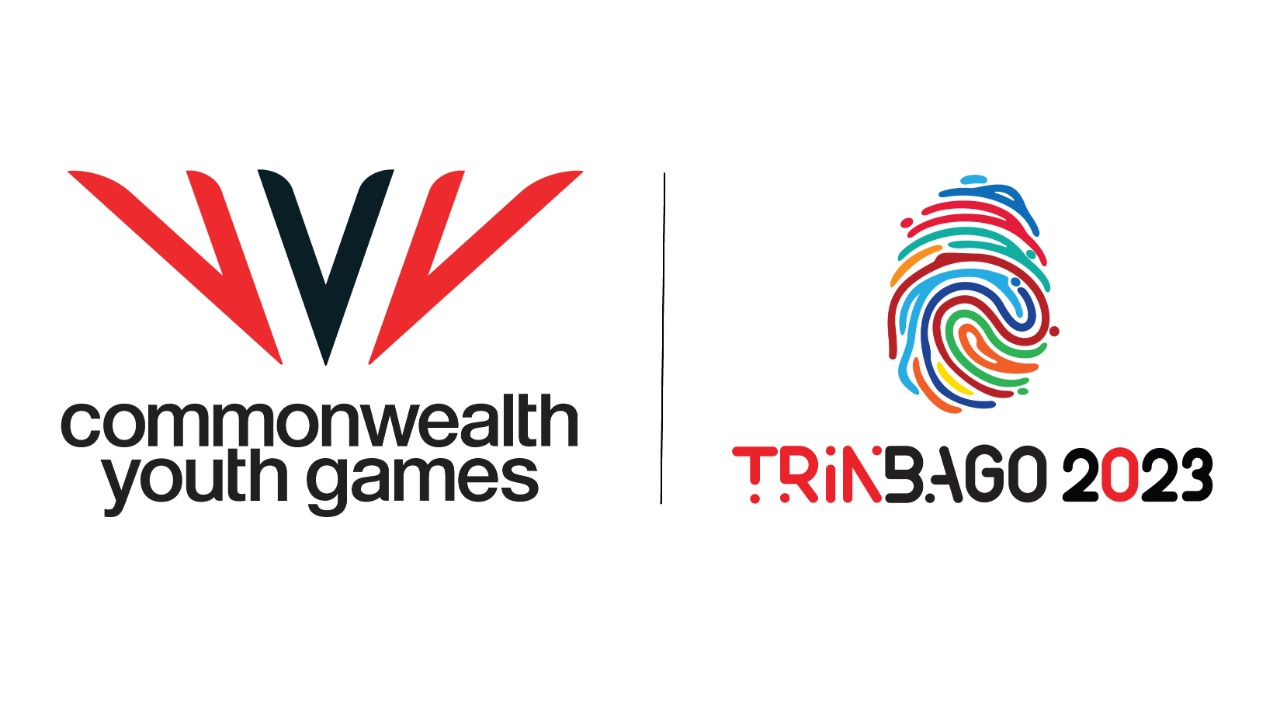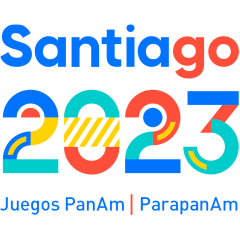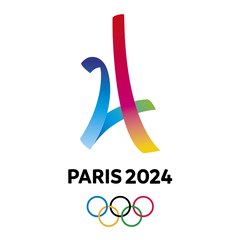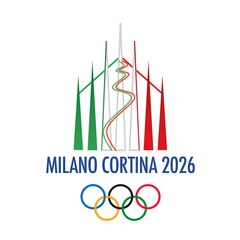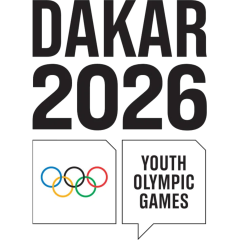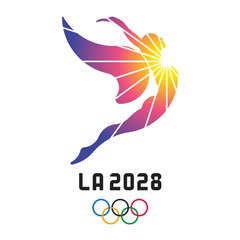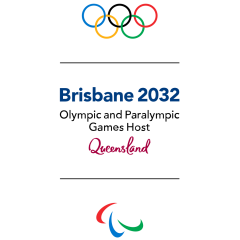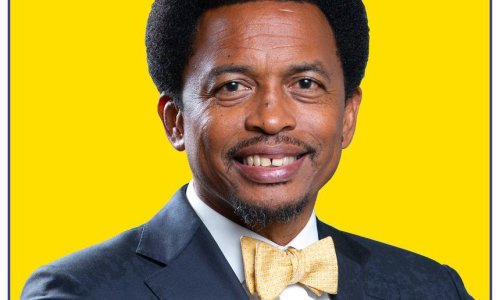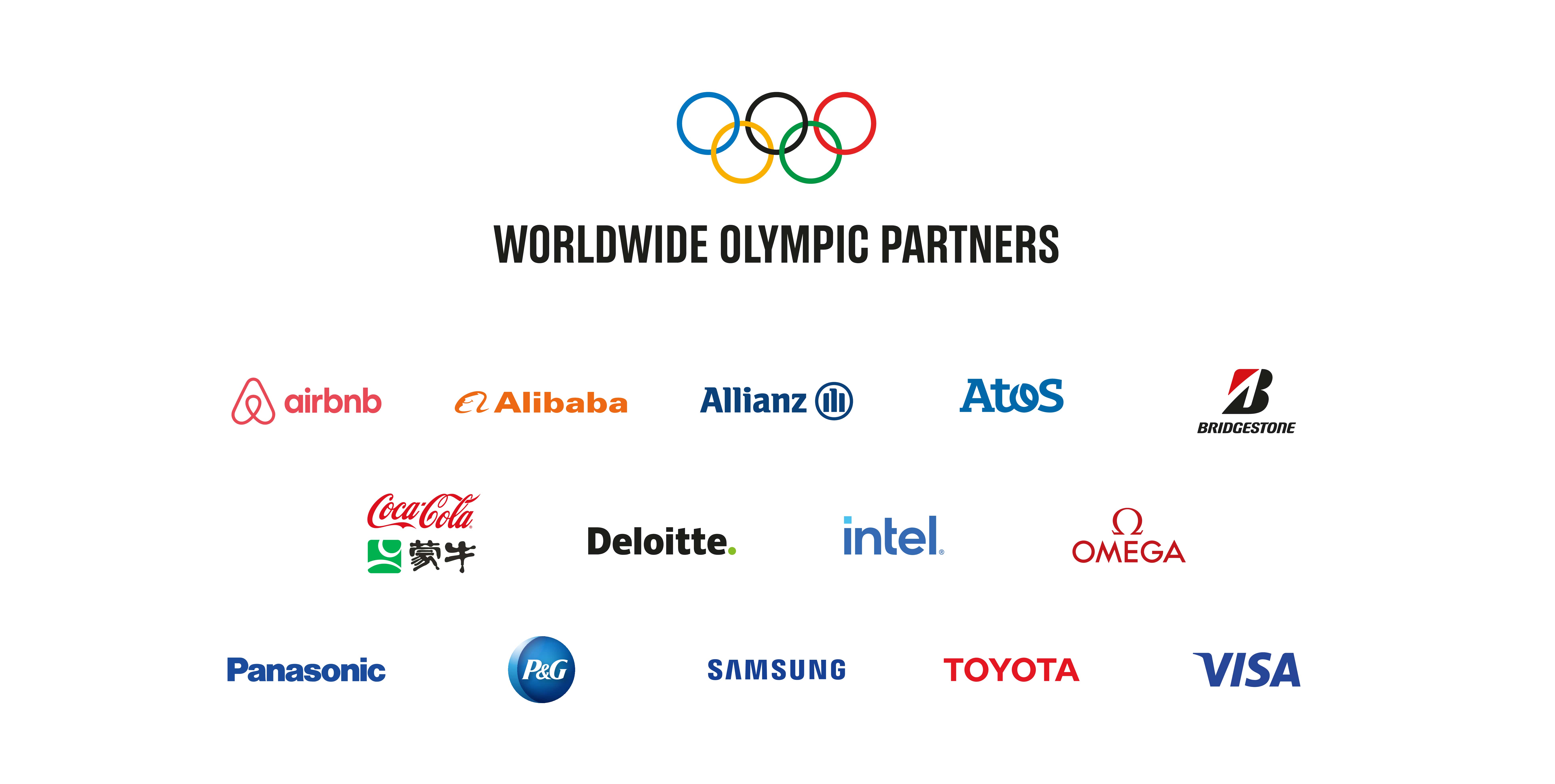The legendary Sir Ludwig Guttmann is credited as the man responsible for founding the Paralympic Games and the Paralympic Movement as a whole. Guttmann was one of the leading pre-World War II neurologists in Germany and worked at the Jewish Hospital in Breslau.
In 1939, Guttmann was forced to flee to England as World War II broke out and in 1944, with the war coming to an end, Guttmann was asked by the British government to found the National Spinal Injuries Centre at the Stoke Mandeville Hospital. At this time, there were many British casualties from the War who required the services at Stoke Mandeville.
Guttmann was a huge believer in the power of sport to change lives. He believed sport was an excellent method of therapy for those with a physical disability to help them build physical strength and self-respect.
On July 29th 1948, Guttmann organised a sports competition for British World War II veteran patients with spinal cord injuries. These were known as the Stoke Mandeville Games. These Games were organised to coincide with the opening of the London 1948 Summer Olympics but were not actually part of the Olympics.
These Stoke Mandeville Games have been described as the precursors of the Paralympic Games and it was at these Games that the Paralympic Movement was born.
In 1952 the Stoke Mandeville Games were again held in the same location. This time the Games were not only participated in by British competitors as Dutch veterans also took part, making the 1952 Stoke Mandeville Games the first international competition of its kind.
The Stoke Mandeville Games continued to grow over the next few years and impressed both Olympic officials and the international community so much that by 1956 Guttmann was awarded the prestigious Fearnley Cup, an award presented for outstanding contribution to the Olympic ideal.
By 1960, the Games had become widely renowned. They left Stoke Mandeville for the first time in their history and the 1960 Games were held in Rome following the Rome 1960 Olympic Games. They were still known as the Stoke Mandeville Games. These 1960 Stoke Mandeville Games are considered to be the first of the official Paralympic Games, however the only disability that was included was spinal cord injury.
Those first Paralympics in Rome attracted 400 athletes from 23 countries and the host nation topped the medal table ahead of Great Britain. The Games were not without their problems however. The athletes' village was not completely wheelchair-accessible and military personnel stepped in to assist as athletes had to be carried up and down stairs. Following the 1960 Games things began to improve for disability athletes as the movement continued to grow, modernise and include more and more disability groups.
By the Toronto 1976 Paralympics, specialised racing wheelchairs were introduced and events for amputees and visually impaired athletes were held for the first time. Just four years later at the Arnhem 1980 Paralympics there were events for athletes with cerebral palsy. Despite the improvements, the Paralympic Games were still not considered an equal or "parallel" to the Olympic Games as they were not held in the same venue (or often even the same country) as their Olympic counterpart.
The 1980s saw a rapid growth in the Paralympic Movement. In 1982 the original governing body for the Paralympic Movement was formed, known as the International Co-ordination Committee of World Sports Organisations for the Disabled (ICC). The ICC was established by the International Olympic Committee (IOC) who realised that, with the Paralympic Movement rapidly growing, the need for a single governing body to look after parasport was imperative.
The ICC lobbied hard for the Paralympic Games to be considered a true equal of the Olympic Games and in 1988 the breakthrough finally came. The Seoul 1988 Games were the first Games where Paralympic athletes competed in many of the well-constructed and well-designed facilities used previously for the Olympics.
In 1989, the International Paralympic Committee (IPC) replaced the ICC as the governing body of the Paralympic movement with Canadian Robert D. Steadward as its President. The IPC had the clear remit: To Enable Paralympic Athletes to Achieve Sporting Excellence and Inspire and Excite the World.
The IPC is a unique organisation. Where other international sports organisations for athletes with a disability are either limited to one disability group or to one specific sport, the IPC, as an umbrella organisation, represents several sports and disabilities.
In 1994 the IPC organised their first Paralympic Games, the Lillehammer 1994 Winter Paralympics in Norway. By 1999 the IPC had grown considerably and moved into what remains its current Headquarters in Bonn, Germany. In December 2001, after the maximum of three terms in office, Steadward was succeeded by the former British Paralympian Sir Philip Craven who remains the IPC President to this day. He has overseen the continuing growth of the Paralympic Movement exemplified through the phenomenal rise of the Paralympic Games.
The Beijing 2008 Paralympics proved the most successful Paralympic Games in history in terms of number of participants, number of records broken and number of spectators tuning in around the world. The number of athletes and nations participating in the Paralympic Games will continue to increase at the London 2012 Games and the Paralympic Movement will only increase alongside an ever growing parasport audience.
After a struggle to receive recognition as the true equal of the Olympics Games, the Paralympic Games now exists together side by side with the Olympics with neither Games considered more or less important than the other.
From its humble beginnings in Stoke Mandeville, the Paralympic Movement is now one of the largest sporting phenomenons on earth and the legacy created by Sir Ludwig Guttmann does not appear to be showing any signs of slowing down.

